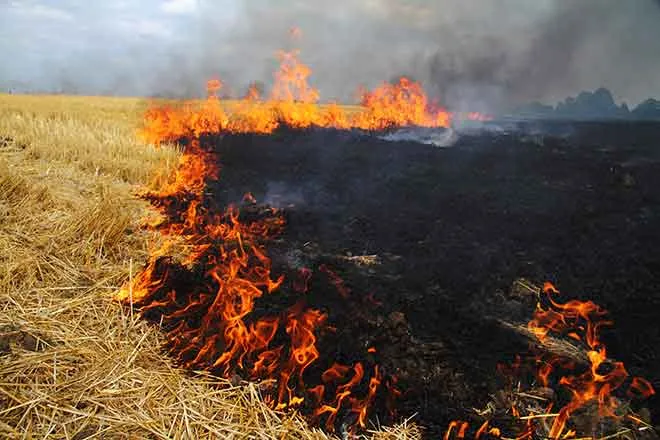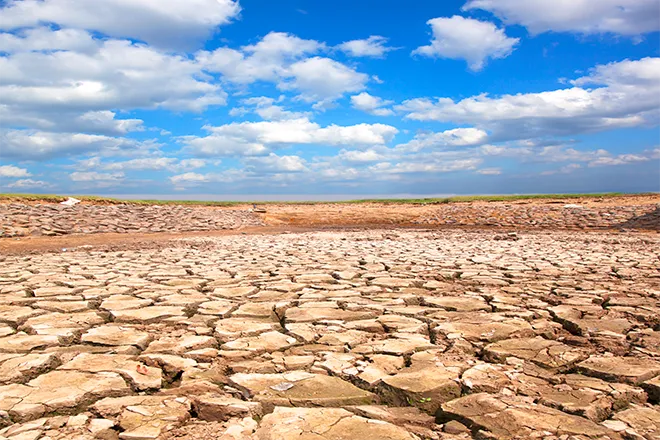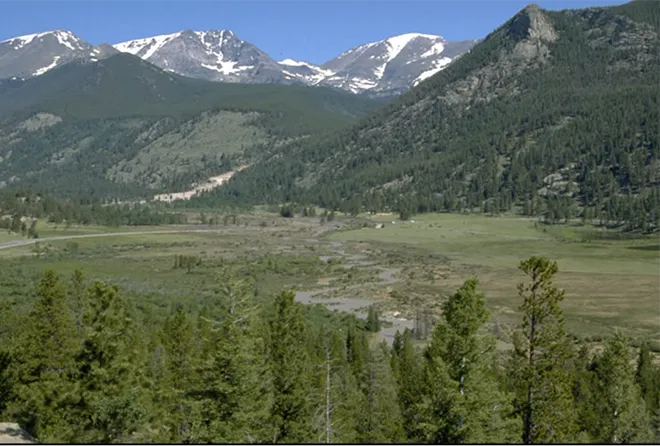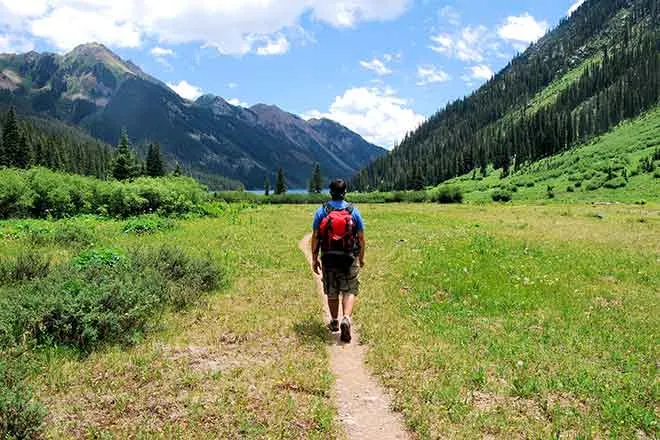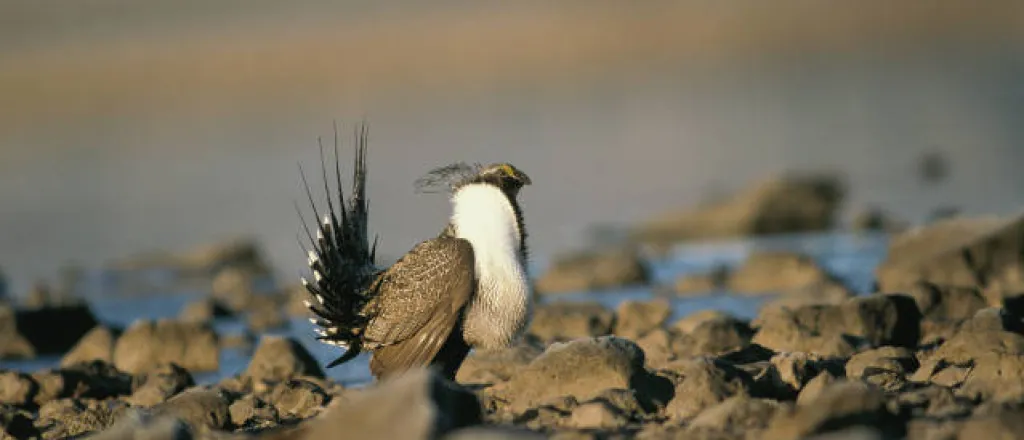
Poll: Widespread support for sage grouse protections
Click play to listen to this article.
(Oregon News Service) A new poll indicates strong support for protections of the West's greater sage-grouse. The results come as the U.S. Bureau of Land Management considers a plan for improving conservation of the bird. BLM is reviewing public comments on its draft environmental impact statement for amending and strengthening sage grouse protections. The agency has plenty of public support for this: a poll commissioned by The Pew Charitable Trusts found 93 percent of people surveyed back the BLM's efforts to protect the bird and its habitat.
Tyler Dungannon, conservation coordinator with Oregon Hunters Association, said many support even greater protections.
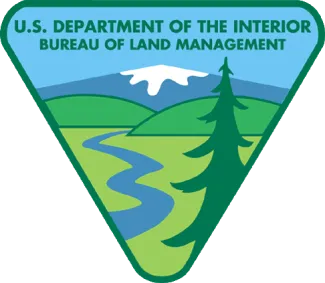
"In the Western U.S., roughly 70 percent favored restricting some development of specific public lands to ensure long term habitat protections for sage grouse," he explained.
The poll also found that nearly 60 percent of respondents say sage grouse conservation efforts boost economic development. Oregon Department of Fish and Wildlife data from 2019 says hunting, fishing and wildlife viewing fueled $1.2 billion in spendingin the state.
Josh Collins, a retired landscape ecologist in Bend, said there are positives to BLM's plans for conserving sage grouse, including the expansion of Areas of Critical Environmental Concern for the bird and the agency elevating conservation as one of is priorities on public lands. But he added that there's also room for improvement, such as a focus on ensuring sage grouse chicks have wildflowers to feed on in their first few weeks of life.
"One of the things missing in the BLM report and almost every other state or federal report concerning the sage grouse is a focus on the dietary needs of the chicks and the brood hens," he continued.
Collins adds that bringing back the sage grouse means bringing back wildflowers in the region, which will benefit other species.
"Young pronghorn benefit from that, they eat wildflowers. And, of course, the pygmy rabbit does. Many birds are feeding on the insects that are attracted by the wildflowers. So, the wildflower is kind of a missing piece of the foundation of the ecological health for the whole system," he said.

